After 78 years Tupperware files for bankruptcy
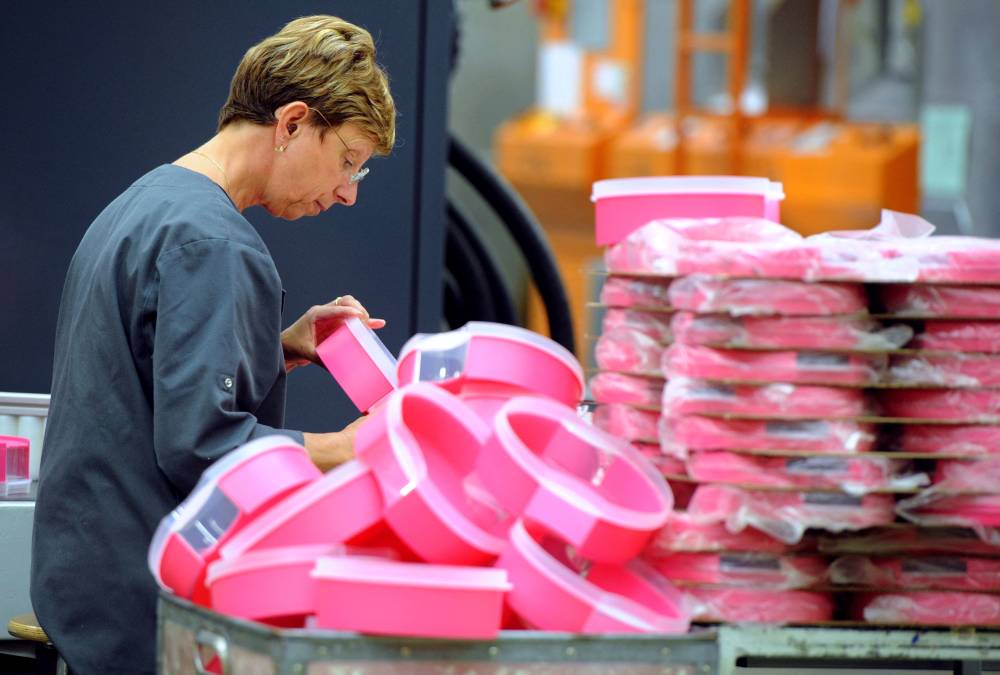
WASHINGTON—Tupperware Brands and some of its subsidiaries have filed for Chapter 11 bankruptcy protection and are seeking a buyer, the food container firm said, after years of dwindling sales.
“Over the last several years, the Company’s financial position has been severely impacted by the challenging macroeconomic environment,” president and CEO Laurie Ann Goldman said in a statement Tuesday announcing the bankruptcy filing.
“As a result, we explored numerous strategic options and determined this is the best path forward,” added Goldman.
The company said it would seek court approval for a sale process for the business to protect its brand and “further advance Tupperware’s transformation into a digital-first, technology-led company.”
The Orlando, Florida-based firm said it would also seek approval to continue operating during the bankruptcy proceedings and would continue to pay its employees and suppliers.
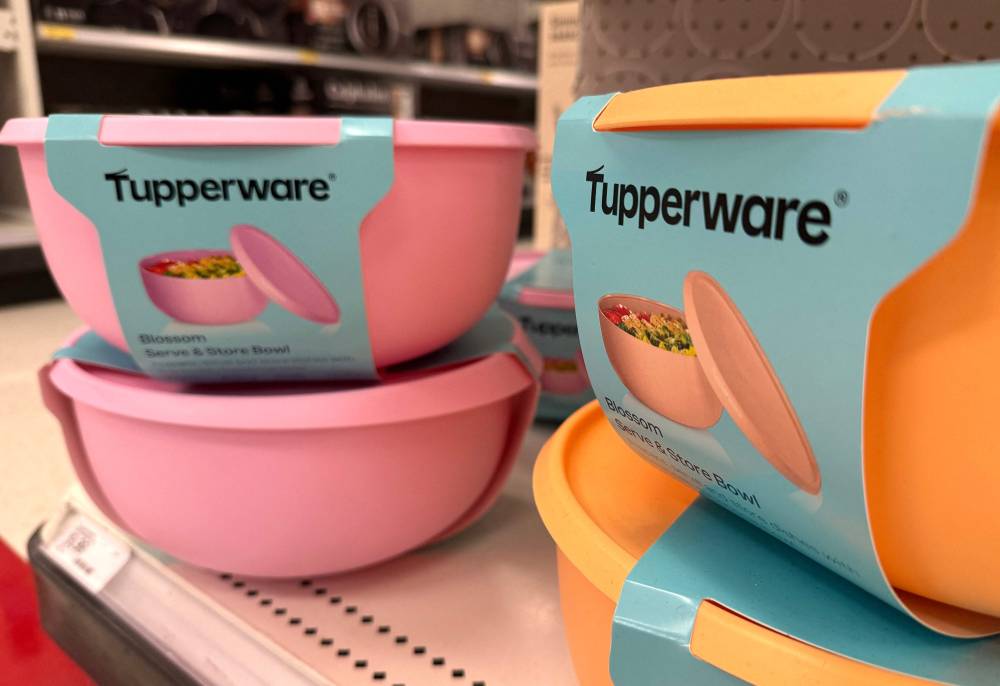
“We plan to continue serving our valued customers with the high-quality products they love and trust throughout this process,” Goldman said.
The bankruptcy announcement had been in the pipeline for several weeks. In mid-August, the group said it continued to “face significant liquidity problems” and had doubts about its ability to continue its activity.
‘Out of fashion’
In its filing with the US Bankruptcy Court for the District of Delaware, Tupperware listed assets of between $500 million and $1 billion, and liabilities of between $1 billion and $10 billion.
The filing also said it had between 50,000 and 100,000 creditors.
Tupperware shares closed at $0.5099 Monday, well down from $2.55 in December last year. Trading in them was suspended on Tuesday.
The 78-year-old company became famous in the 1950s and ’60s with its “Tupperware Parties,” where friends would gather with food and drink as a company representative demonstrated the items.
Tupperware became synonymous with airtight plastic food containers but its business model failed to keep up with changing consumer demands.
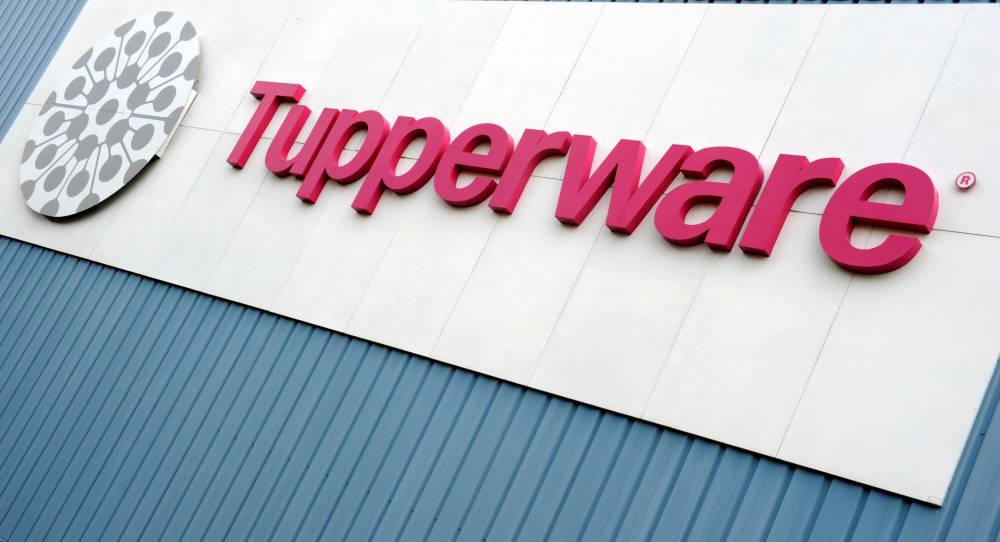
It was severely hit by the emergence of online commerce, the rise of meal deliveries and has also been a victim of consumers turning to more environmentally friendly solutions.
“The party has been over for some time for Tupperware,” said Susannah Streeter, head of money and markets at Hargreaves Lansdown.
Adapting to changes
“Shifts in buyer behavior pushed its containers out of fashion, as consumers have started to wean themselves off addictions to plastics and find more environmentally conscious ways of storing food,” she said.
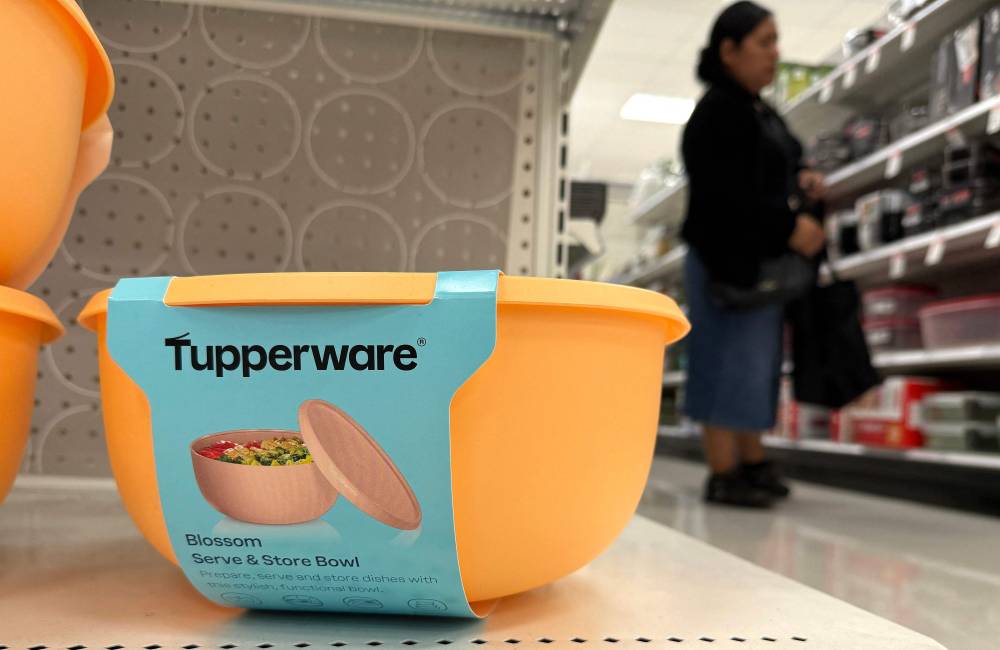
The company has tried to adapt to changes in consumption patterns by developing its online sales and entering into distribution agreements with chain stores, but has been unable to halt its slide.
Tupperware said it had implemented a strategic plan to modernize its operations and drive efficiencies to ignite growth following the appointment of a new management team last year.
“The Company has made significant progress and intends to continue this important transformation work.”
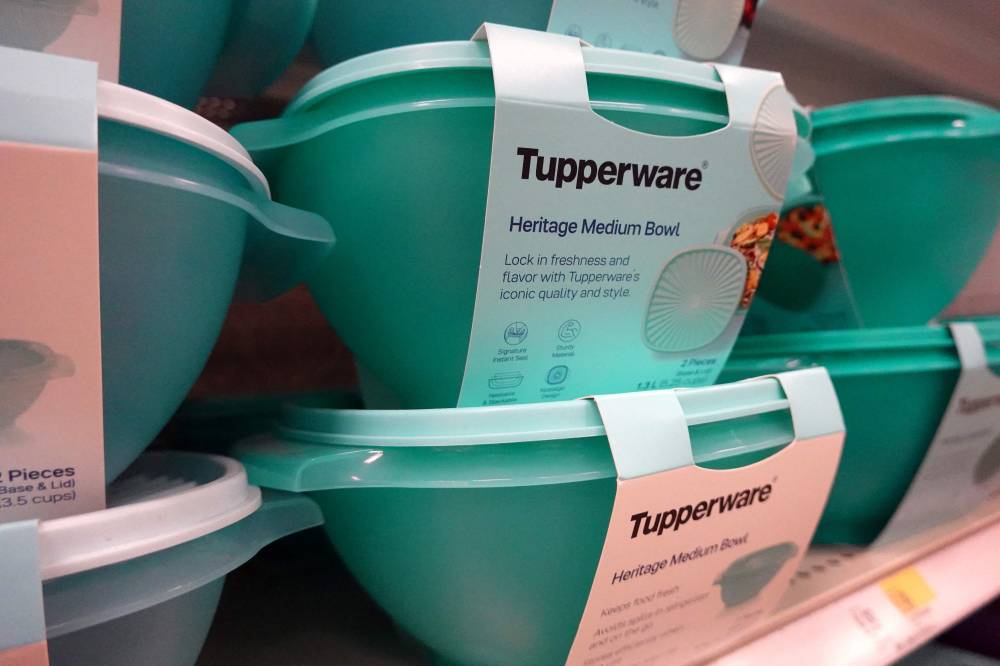
The company’s roots date to 1946, when chemist Earl Tupper “had a spark of inspiration while creating molds at a plastics factory shortly after the Great Depression,” according to Tupperware’s website.
Tupperware enjoyed a boom period during the COVID-19 pandemic before seeing its sales slide. In 2022, in the last annual results published by the group, Tupperware reported a turnover of $1.3 billion, down 42 percent on five years earlier.
“Its attempts to appeal to younger shoppers by selling in the US chain Target haven’t been as successful as hoped,” said Streeter.
“There is still a chance a buyer for the business can be found, but with plastic seen as far from fantastic, among ecoaware consumers, revitalizing the brand will be an uphill struggle.”
AFP is one of the world's three major news agencies, and the only European one. Its mission is to provide rapid, comprehensive, impartial and verified coverage of the news and issues that shape our daily lives.

















